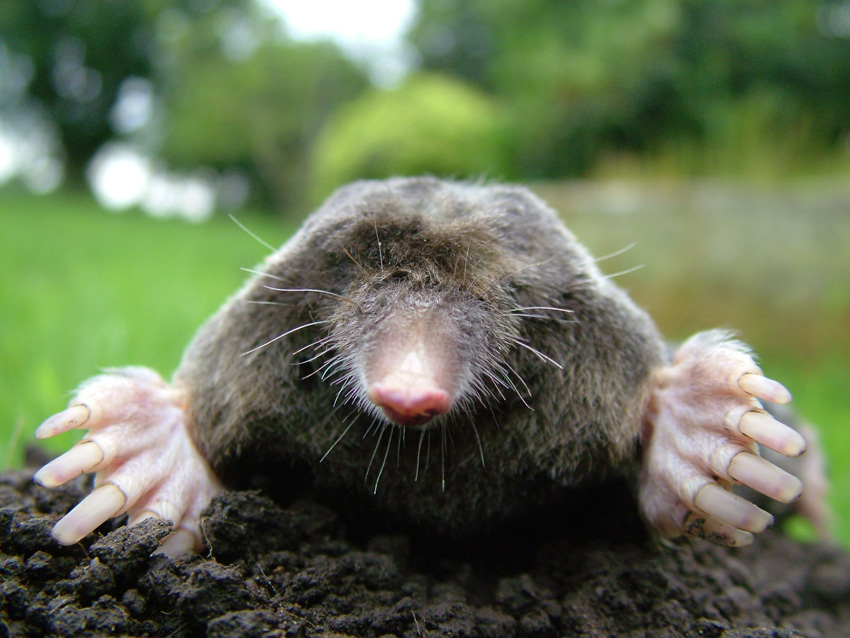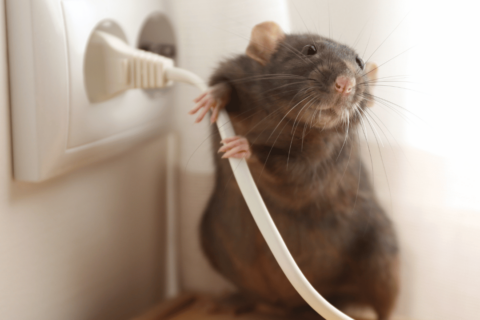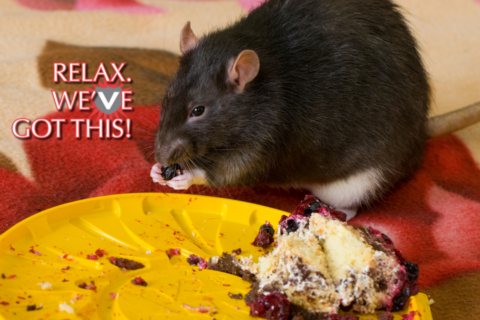Is it a mole or a vole?

Many yards suffer from damage due to one of these creatures, but which one is in your yard? They are often mistaken to be the same animal which couldn’t be less true. Though they both can cause harm, the signs and trap techniques for each animal are vastly different.
What to Look For
When trying to identify your yard pest, there are a few signatures to be aware of. Moles survive on a diet of worms, insects, and other underground creatures. This means that the damage the cause by burrowing their tunnels will be underground. These tunnels will push the soil above them up and into those recognizable tracks left in your yard. If your yard looks like what was just described, then you are dealing with a mole looking for dinner under your lawn! Moles are rarely seen above ground and are extremely antisocial. However, they are constantly in search of food, so the chaos done by one mole may seem like a large colony of moles. Likely there is only one to two moles in your yard depending on the size.
Voles, however, are after your plants. They feast on seeds, bulbs, and anything else they can manage to find. Their damage will likely be more sporadic, smaller holes above ground. Their tunnels or holes will only be the size of a golf ball on average. This is due to their smaller size. Voles are often mistaken for mice as their looks are quite similar. The one main difference in appearance is the shorter tail. They have a very short life span and a very quick reproduction rate, so there can be many voles in one yard in a short amount of time.
How to Control Them
Traps are often the most effective way to put an end to your mole problem. Placing traps in active tunnels is the key to ensuring entrapment. You can identify an active tunnel by flattening a few tunnels and checking in on them periodically. Tunnels that are continuously raised after being flattened are a great place to set your traps. After they have been caught, it is up to you what to do with the moles. Relocation is a viable option that will remove the moles from your property. Simply take them to an empty land near you that is not near residential housing.
Natural predators are your best friend when it comes to controlling voles. Hawks and owls love to prey on voles, so having trees for them to perch in your yard will greatly improve your chances of nature taking care of your pest problem. If that is not an option where you live, then taking matters into your own hands by setting traps will work. Similar to how you trap moles, look for active spots where you notice the vole damage and place them there. It may take a few days to capture all of the voles depending on how many you have in your area. To ensure voles stay out of your yard, placing a bit of sharp material throughout the yard could help immensely. Gravel s often used to keep voles away as it will hurt them to dig their holes there.
Take back your yard and know what you’re dealing with when you do it!


